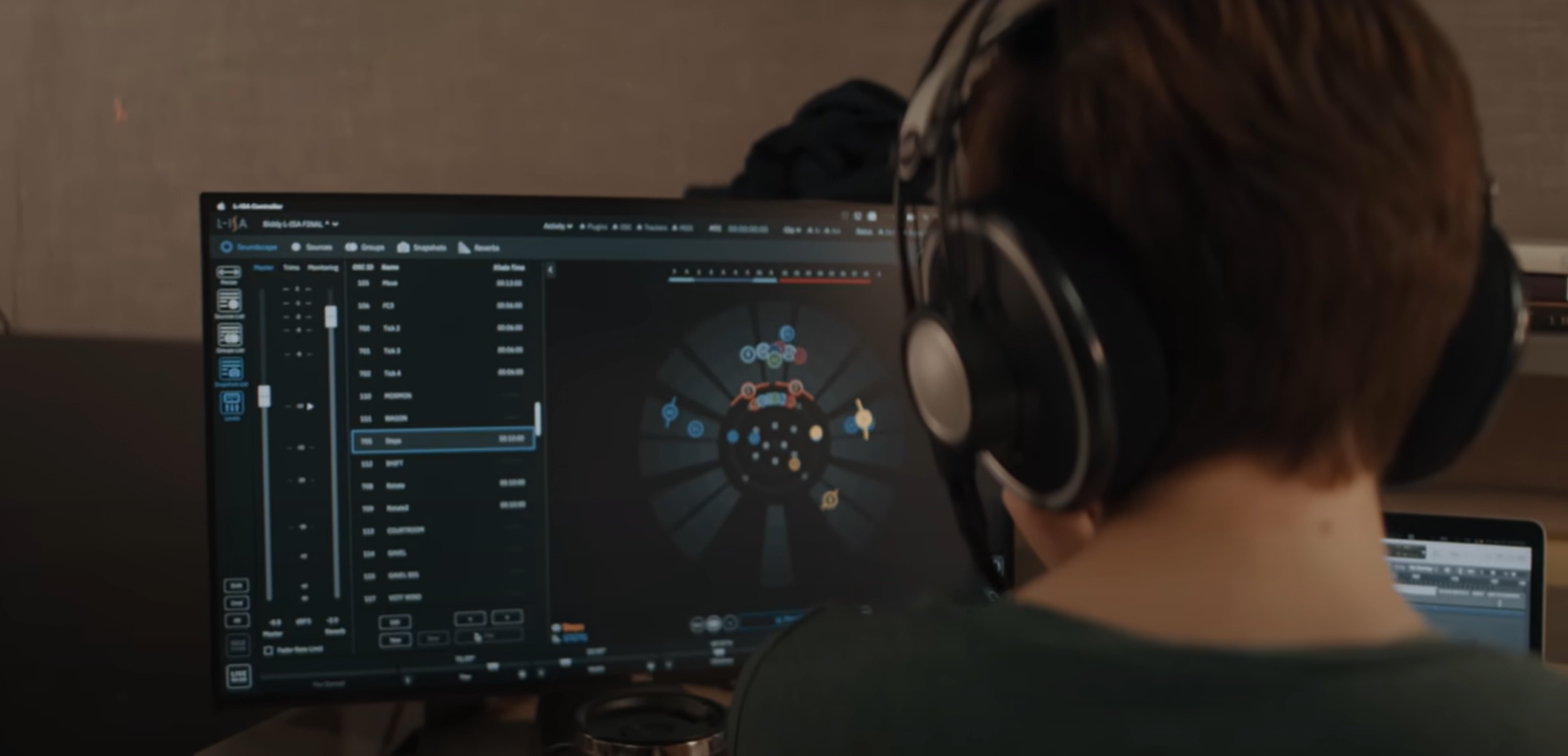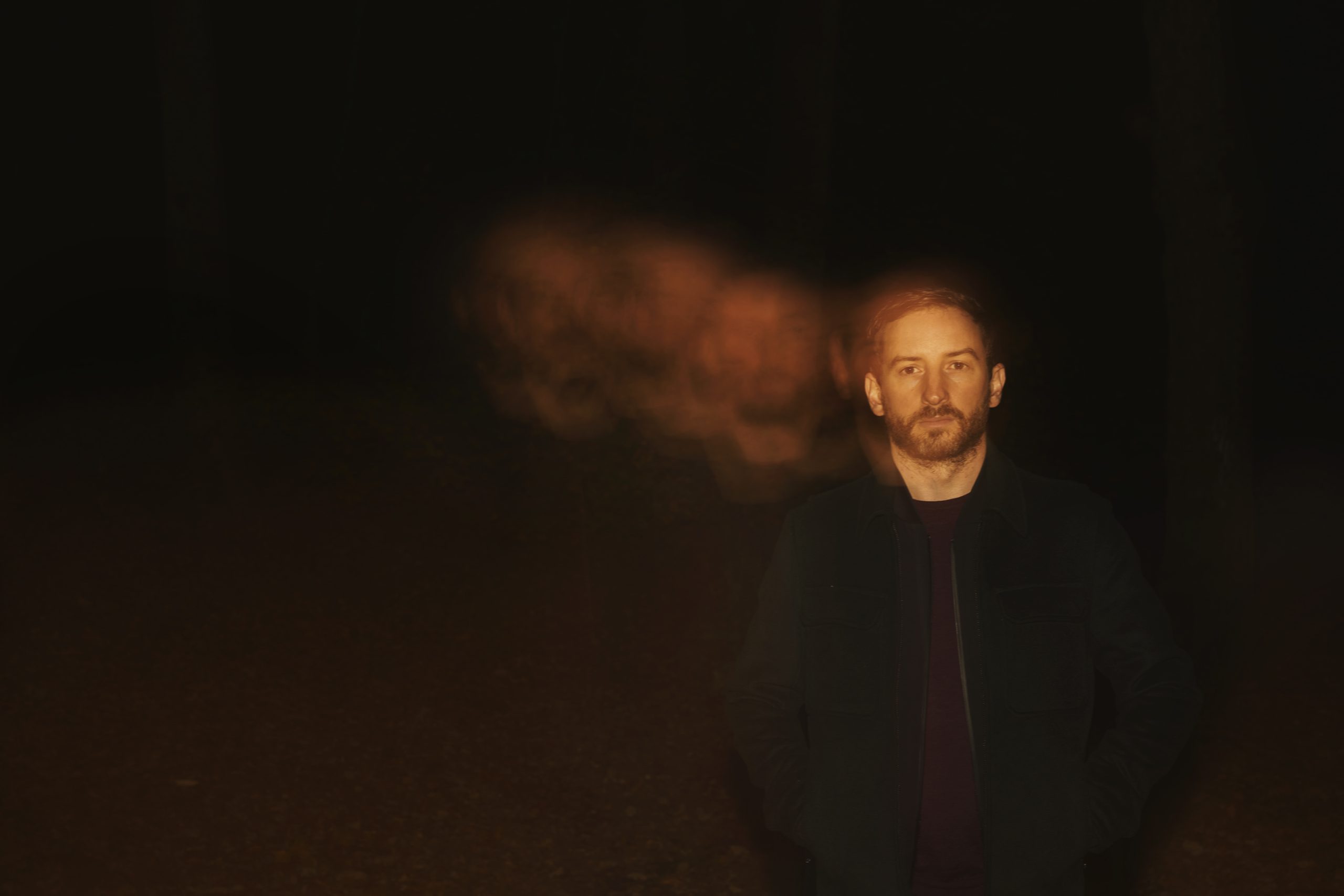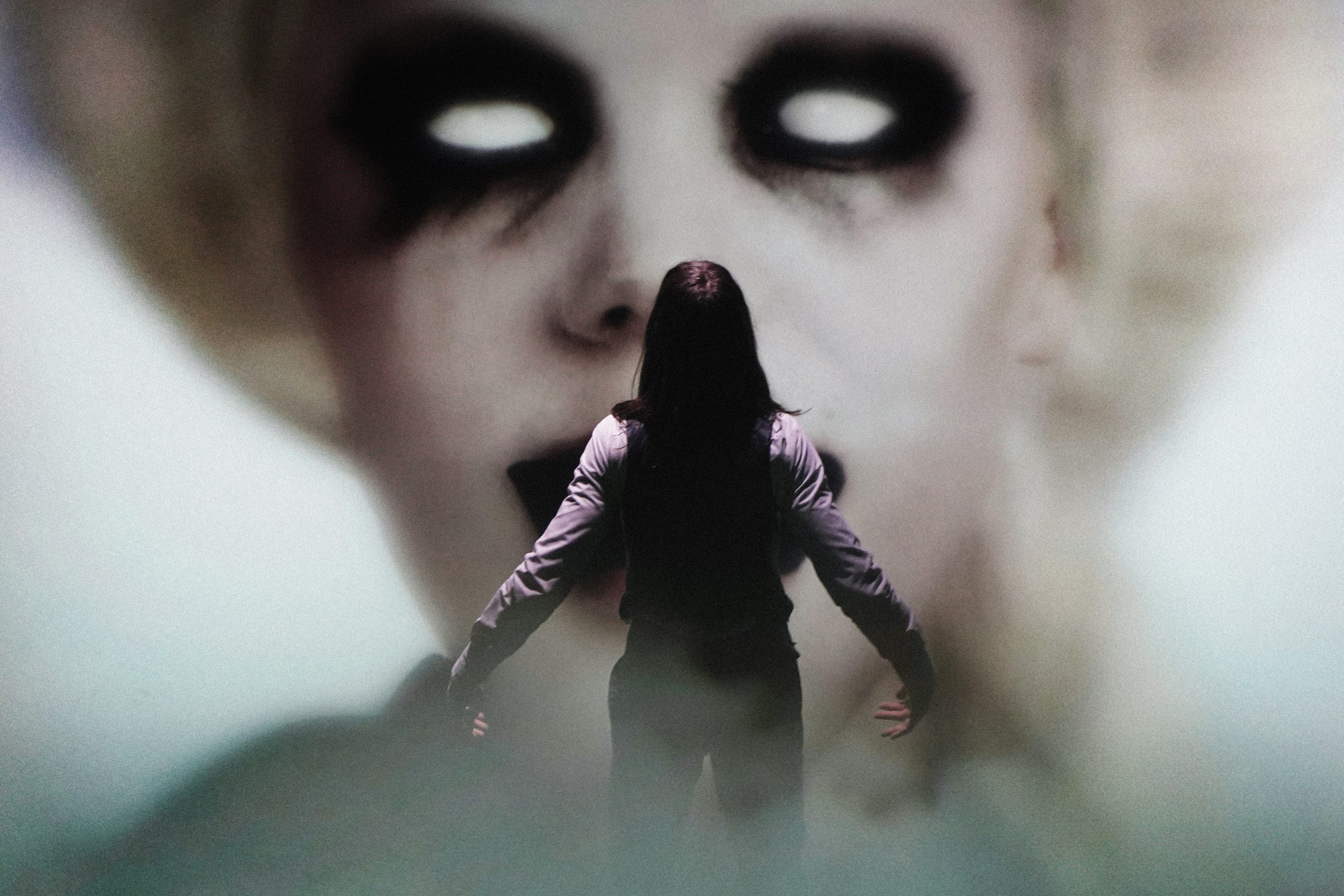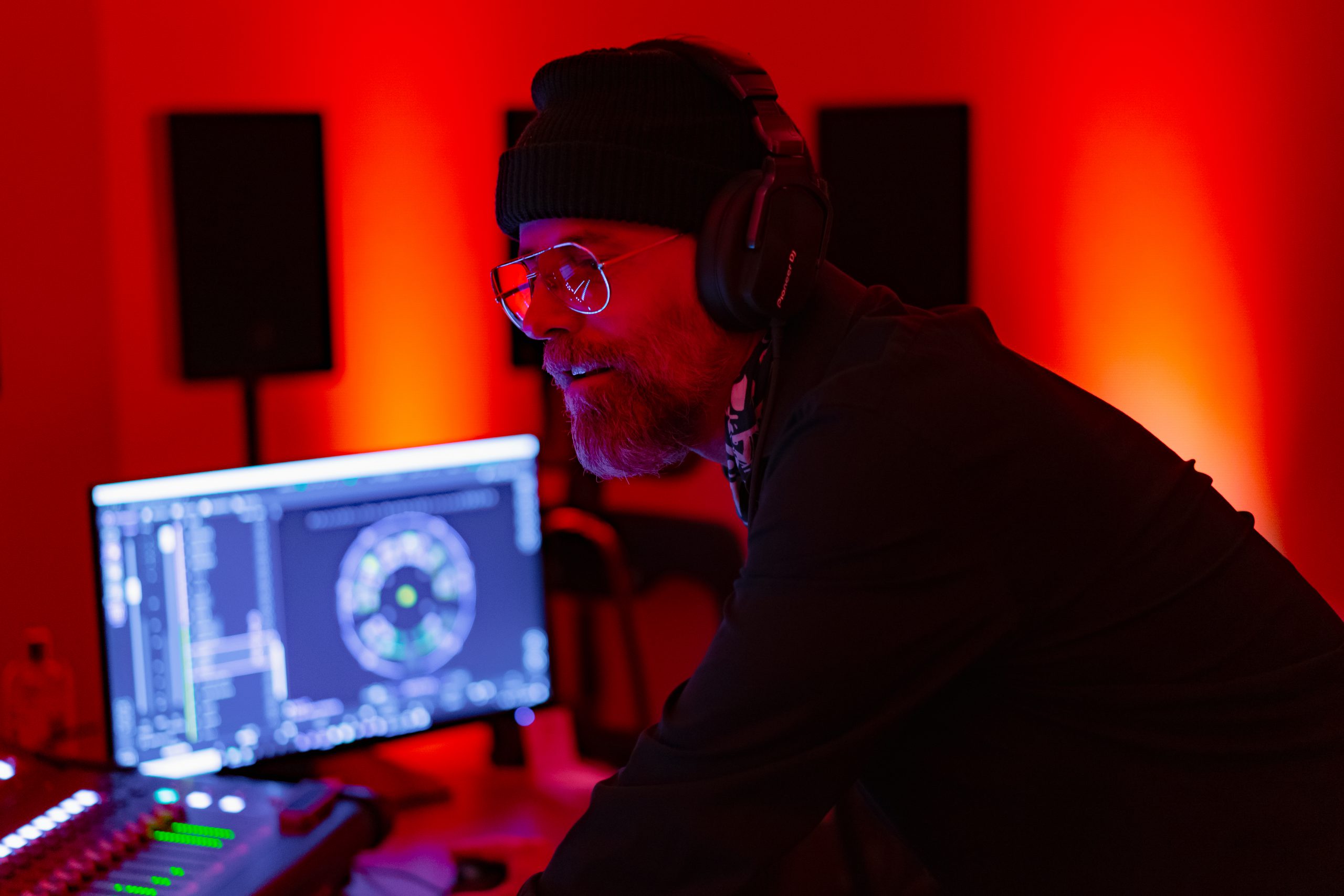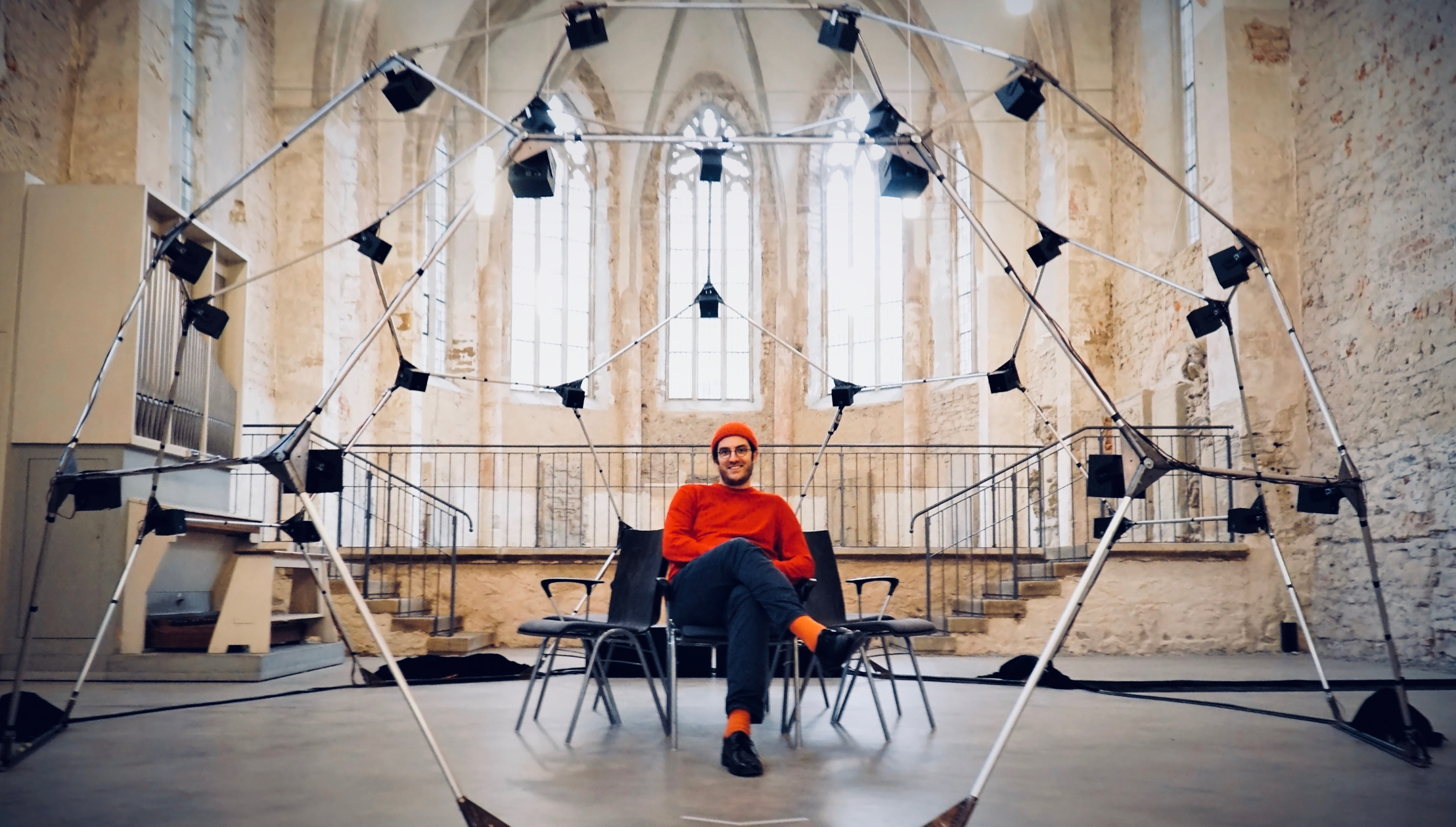
German composer, musician, and founder of Orchestronik, Fabian Russ, premiered a series of modern immersive reworkings of the German Baroque composer Heinrich Schütz’s pieces in preparation for the 350th anniversary of his 1672 death. The series of modern immersive reworkings combines orchestra, choir, and electronics using L-ISA Studio as its primary creative tool while monitoring through an L-Acoustics immersive speaker configuration. The project was jointly developed and produced with the Heinrich Schütz Musikfest and its artistic director Christina Siegfried.
Russ creates an initial immersive mix on his laptop using the L-ISA Studio software suite, monitoring through his stereo speakers or in binaural through headphones with headtracking. When finished, Russ then transfers his mix to his longtime working partner and colleague, the Berlin-based sound engineer, Carlo Grippa, who understands L-ISA technology well.
When talking about the series, Russ recounts why he decided to use L-ISA, “I needed a system that works well and integrates into the workflow of Ableton. From the very beginning, L-ISA Studio worked super well. Mainly the exchange of automation data between Ableton and L-Acoustics, something I had previously been unable to achieve satisfactorily with other processors.”
Having been challenged by the limitations of the immersive processors that Russ used for his sound installations previously, he says, “I think the most impressive thing we are still experiencing with L-ISA is the space,” Russ says. “In almost every 3D audio tool or processor we tried, the reverbs were never really satisfactory. But L-ISA is another dimension. It creates a world that doesn’t really exist, but we make it exist. You can create spaces that seem to be realistic, but they aren’t, and you can combine them. That’s what makes L-ISA technology so interesting. And the quality of the engine is truly fantastic. You can put things so far away and create such impressive spaces that I’ve never heard before.”
As for L-ISA Studio, Russ explains why he enjoyed using the software: “It’s really well done; it’s clear and elegant and not full of colors and knobs that no one really needs. As a musician, it’s sometimes more interesting to have fewer options to work with than an explosion of possibilities or tons of plug-ins. It’s better to have a good, stable, working system with a good room engine and place the signals and combine them in interesting ways. L-ISA Studio has all the tools that I need, without useless bells and whistles, and I’m producing higher quality material because of it. Thus, space becomes a serious parameter in my compositions.”
Russ believes that he and Grippa are still at the very beginning of experiencing L-ISA Studio’s potential for their Orchestronik productions. “I think we only have a small idea of what is possible with all the parameters you have for every signal, like width, panning, and the possibility of combining two sources to one stereo source and using the pan spread. I’m planning to start from scratch for my next work in L-ISA, and looking forward to seeing what I achieve,” he says.
